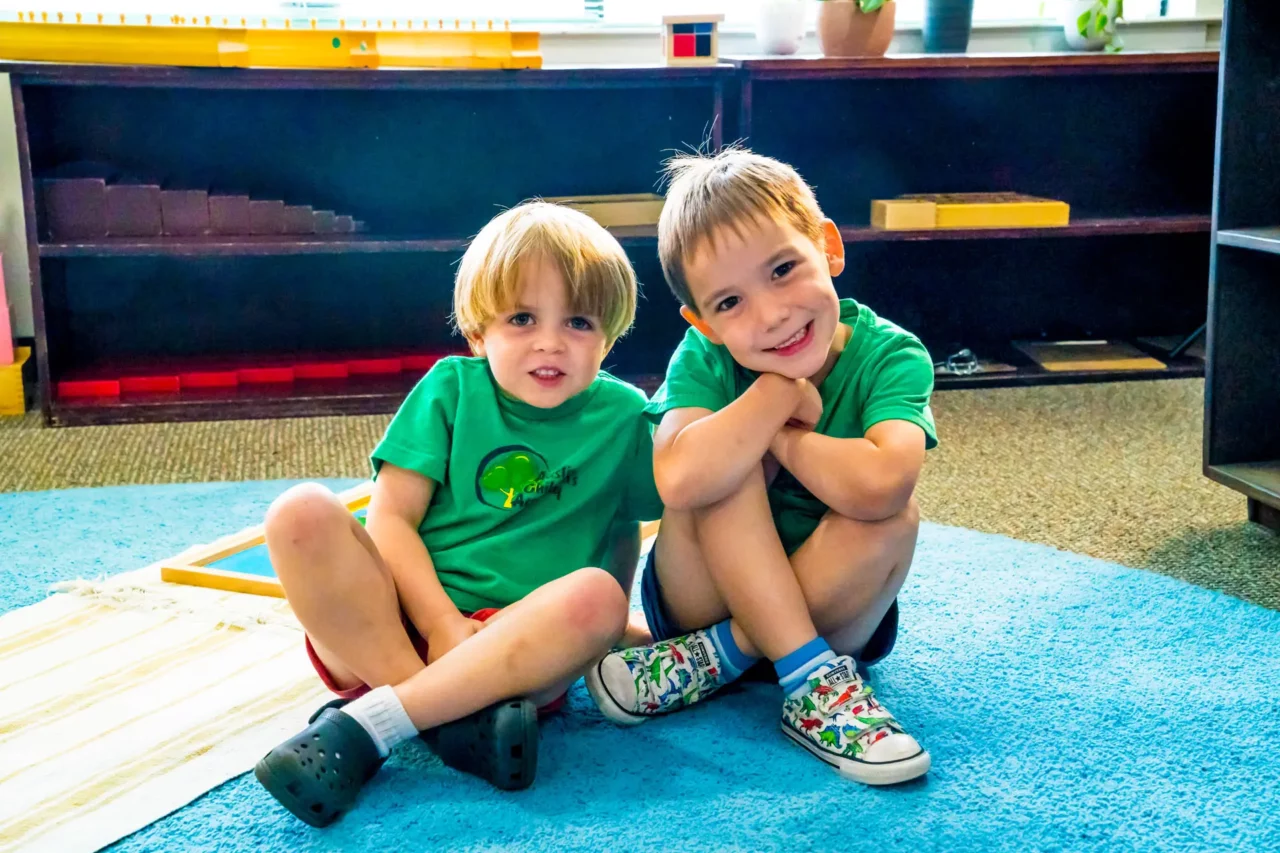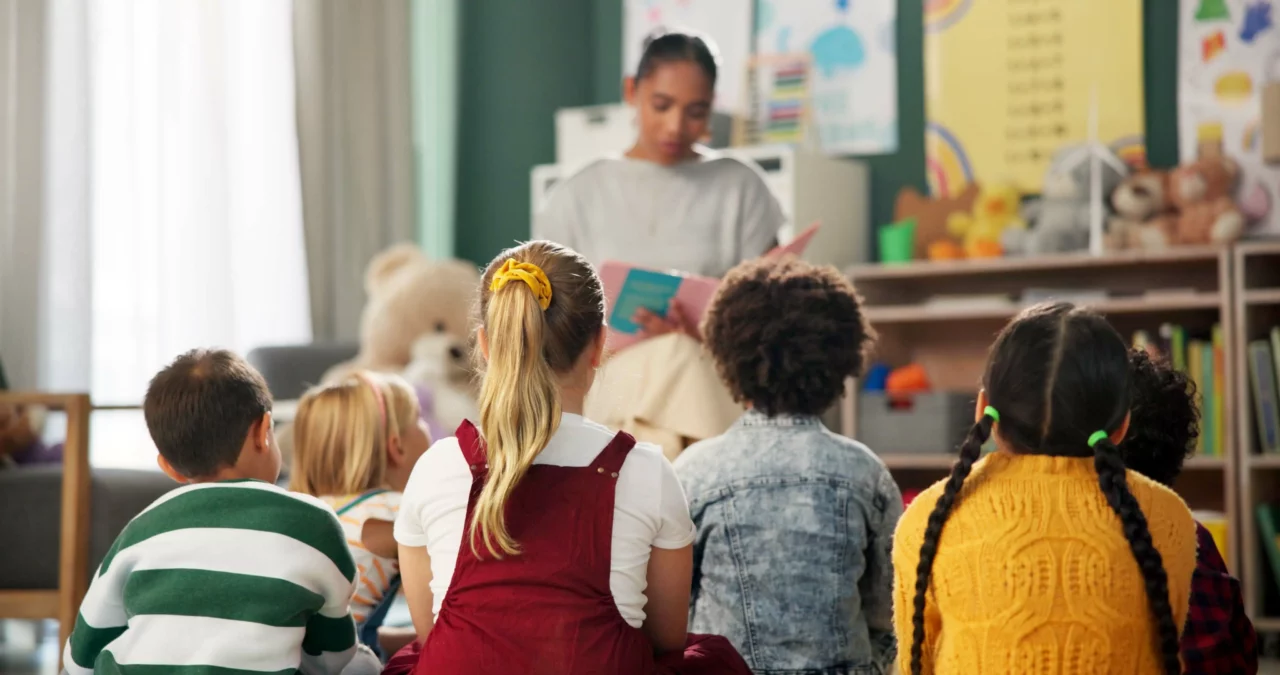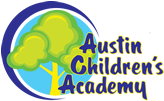
Multi-age classrooms are a hallmark of Montessori education, but there are many people who don’t quite understand their purpose—let alone their benefits.
We’re here to clear up questions about multi-age classrooms and tell you about everything they’re capable of doing for your child.
What Are Multi-age Classrooms?
In a traditional school, all students in the classroom are around the same age—give or take a few months. These children learn the same curriculum at the same time, and that curriculum is based on the pace of the average student. That means students who excel may be bored with the current learning material, and those who struggle may feel left behind.
In a multi-age classroom, children who may be two or three years apart learn in the same room. Interactions between children of varying ages bring about noticeable, positive change in the classroom, which is something Dr. Maria Montessori herself noticed.
Planes of Development
In a typical Montessori school, the classroom setup will follow “planes of development” as they’re related to children. That means that a classroom may include children 18 months to 3 years old, 3 to 6 years old, 6 to 9, or 9 to 12.
In each and every one of these classrooms, our guides follow the child in terms of learning what makes sense for them and where they are. Teachers help children move along to the next step of the curriculum only when they’re ready.
Benefits of Multi-age Classrooms
There are amazing benefits that come with multi-age classrooms:
Better academic outcomes
Children in a multi-age classroom have the opportunity to learn from one another. Older students can explain concepts to younger students, which doesn’t just teach them the lesson—it also teaches them that they will have the chance to be a mentor to other young students one day. Younger children feel inspired when they learn from their older peers, and older children get the lesson reinforced when they teach it to younger classmates.
Children also learn at their own pace, and they absorb lessons better for it. Children also have the chance to reexplore concepts that they’ve already learned in a different manner, which helps cement them in their long-term memories.
Improved social skills
Younger children experience so many teaching moments from their older peers so that one day they can handle similar situations in a respectful and calm manner. This is something that happens every day in a multi-age classroom, and it promotes sharing, helping, and leadership and makes for well-rounded social behaviors.
Highlighted emotional intelligence
Competition is cut by a great deal in a multi-age classroom. If children are in a classroom with those the same age, they will naturally compare themselves. In a Montessori classroom, the urge is lessened because of the varying ages. This way, children can focus solely on learning and the enjoyment it brings.
This helps relieve academic anxiety, and the fact that all students are working at their own pace means that everyone will undoubtedly have a peer to work with who is around the same level. This minimizes feelings of isolation and ostracization.
The Real World in the Classroom
Along with the three benefits we’ve listed, multi-age classrooms also provide real-world experience for Montessori children. After they’re finished with school, it’s unlikely that they’ll encounter situations where they’re grouped together with only people their age. The multi-age classroom prepares them in a hands-on way for the life that awaits them.
To learn more about multi-age classrooms or our philosophy in general, reach out to Austin Children’s Academy today.





